The U.S. Government and the Sea Island Slaves Backstory In August 1861, at Fortress Monroe in Virginia, Union General Benjamin Butler declared that the slaves who escaped and came into his lines for protection were contraband of war, a term commonly used thereafter to describe this new status of slaves, which meant that the Army would not return escaped slaves to their masters. This would set the stage for a much larger undertaking at Port Royal a few months later. Image: The Sea Islands during the Civil War The Military On November 7, 1861, just seven months after the Civil War began, the largest fleet ever assembled by the U. S. Navy, under the command of Commodore Samuel Du Pont,…
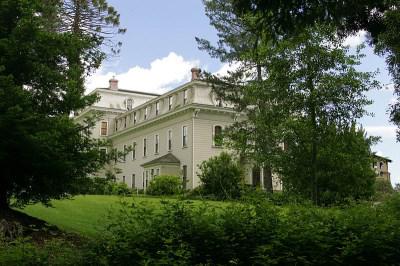
First Women Educators
Women Educating Women in the New Nation Image: Mills College Women as far away as the Pacific Coast also had access to higher education by 1852, when the Young Ladies Seminary was established at Benicia, California – the first women’s college west of the Rockies. Susan Tolman Mills served as its president for 19 years. Women’s Education in Colonial America In the 18th century, most wealthy parents were willing to invest in education for their sons because it increased his chances of establing a profitable career. In general, the purpose of women’s education in colonial America was to become skilled at household duties in order to find a suitable husband. A woman who was well educated in academic subjects was…
Harriet Powers
African American Folk Artist in the South Harriet Powers is one of the best African American quilt makers in the South in the Civil War era. Although only two of her older quilts have survived, she is now nationally recognized. Using the applique technique, Powers told stories with her quilts, depicting scenes from the Bible and events in American history. Harriet Powers’ Bible Quilt (1886) Eleven scenes from Bible stories Patchwork and applique Early Years Harriet Powers was born a slave on October 29, 1837 near Athens, Georgia, and was raised as a slave. For most of her life she lived in Clarke County, primarily in Sandy Creek and Buck Branch. Harriet was initially believed to be illiterate, but a…
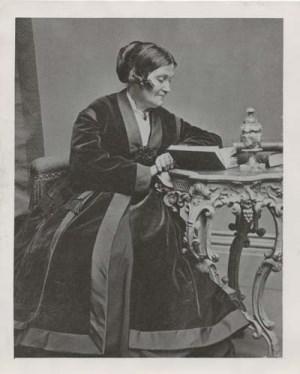
Abigail Bush
First Woman to Preside Over a Public Meeting Abigail Norton Bush was an abolitionist and women’s rights activist who served as president of the second women’s rights convention in Rochester, New York in 1848 immediately following the Seneca Falls Convention, and thus became the first American woman to serve as president of a women’s rights convention. Early life Abigail Norton Bush was born in Cambridge, Washington County, New York on March 19, 1810. When she was very young, her family moved to the upstate New York town of Rochester in upstate New York, which was the home of many early social reformers in the early and mid 1800s. In the 1830s, Bush worked for the Rochester Female Charitable Society, an…
Fanny Palmer
First Woman to Work as a Professional Artist Fanny Palmer (1812-1876) was the first woman in the United States to work as a professional artist, and to make a living with her art. She produced more Currier and Ives’ prints than any other artist, and she was the only female in a business that was dominated by men. Painting was not considered a suitable occupation for a woman. Image: A small, frail woman, Fanny Palmer stood bent over her work for so many years in the same position that she developed a widow’s hump in her later years. Early Life Frances (Fanny) Flora Bond, the daughter of an attorney, was born in 1812 in Leicester, England, and she received an…
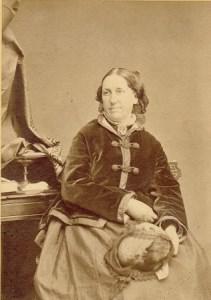
Elizabeth Cary Agassiz
Naturalist and Pioneer in Women’s Education Elizabeth Cary Agassiz was a naturalist and educator who was co-founder and first president of Radcliffe, a women’s college in Cambridge, Massachusetts. By her tact and fund-raising abilities, she nurtured the college and insured its continued success. Early Years Elizabeth Cabot Cary was born December 5, 1822 to successful Boston businessman Thomas Graves Cary and Mary Ann Cushing Perkins Cary. Due to her delicate health Elizabeth was educated by a governess at home who taught her languages, drawing, music and reading. She additionally received informal history lessons from Elizabeth Peabody.
Elizabeth Mendenhall
Civil War Nurse from Ohio Elizabeth Mendenhall was one of the managers of the Soldiers Aid Society of Cincinnati, Ohio, which was financed mainly by monetary gifts from private citizens. When donations slowed to a trickle, Mendenhall helped organize a sanitary fair in 1863 to raise funds to care for the soldiers. Image: Soldiers Aid Society like the one established by Elizabeth Mendenhall Elizabeth (maiden name unknown) was born in Philadelphia in 1819, but her childhood and youth were spent in Richmond, Virginia, at the home of her sister, her only close relative. Her relatives belonged to the Society of Friends (Quakers), who were also abolitionists, and she grew up with a strong dislike of slavery. After her marrige in…
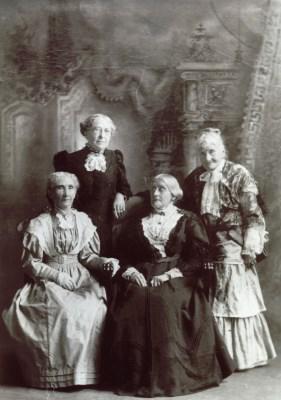
Caroline Severance
Suffragist and Organizer of Women’s Clubs Caroline Severance was an abolitionist, suffragist and pioneer organizer of women’s clubs, founding the first club in the East and the first in Los Angeles. Viewing clubs as vehicles for social reform and a bridge from the home to the public arena, she brought political awareness and support of suffrage to the club movement, and earned the name The Mother of Clubs, Image: Photo of l to r, Charlotte Wills, Caroline Severance, Susan B. Anthony and Rebecca Spring, taken in Los Angeles in 1905 Early Years Caroline Maria Seymour was born January 12, 1820 in Canandaigua, New York, the eldest of five children born to Orson and Caroline Maria Clarke Seymour. After her father…
African American Women in the Civil War
Black Heroines of the Civil War Susie King Taylor Born a slave in Savannah, Georgia in 1848, Susie King Taylor was 14 years old when the Union Army attacked nearby Fort Pulaski (April 1862). Taylor fled with her uncle’s family and other blacks to St. Simons Island, Georgia, where slaves were being liberated by the army. Since most blacks were illiterate, it was soon discovered that Taylor could read and write. Susie King Taylor Five days after her arrival, Commodore Louis Goldsborough offered Taylor books and supplies if she would establish a school on the island. She accepted the offer and became the first black teacher to openly instruct African Americans in Georgia. By day she taught children and at…
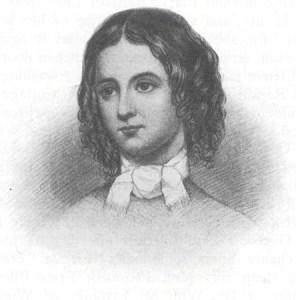
Elizabeth Ellet
Author of The Women of the American Revolution Elizabeth Ellet was an author and historian. She was the first writer to record the lives of women who had made significant contributions during the American Revolution. Ellet not only recovered the history of women of that era; she recognized the importance of preserving these stories, which had been ignored by other American historians. Early Years Elizabeth Fries Lummis was born October 18, 1818 in Sodus Point, New York. Her mother was Sarah Maxwell Lummis, daughter of Revolutionary War captain John Maxwell, who was lieutenant of the first company raised in Sussex County, New Jersey. He later joined the army of General George Washington as captain of a company of 100 volunteers…